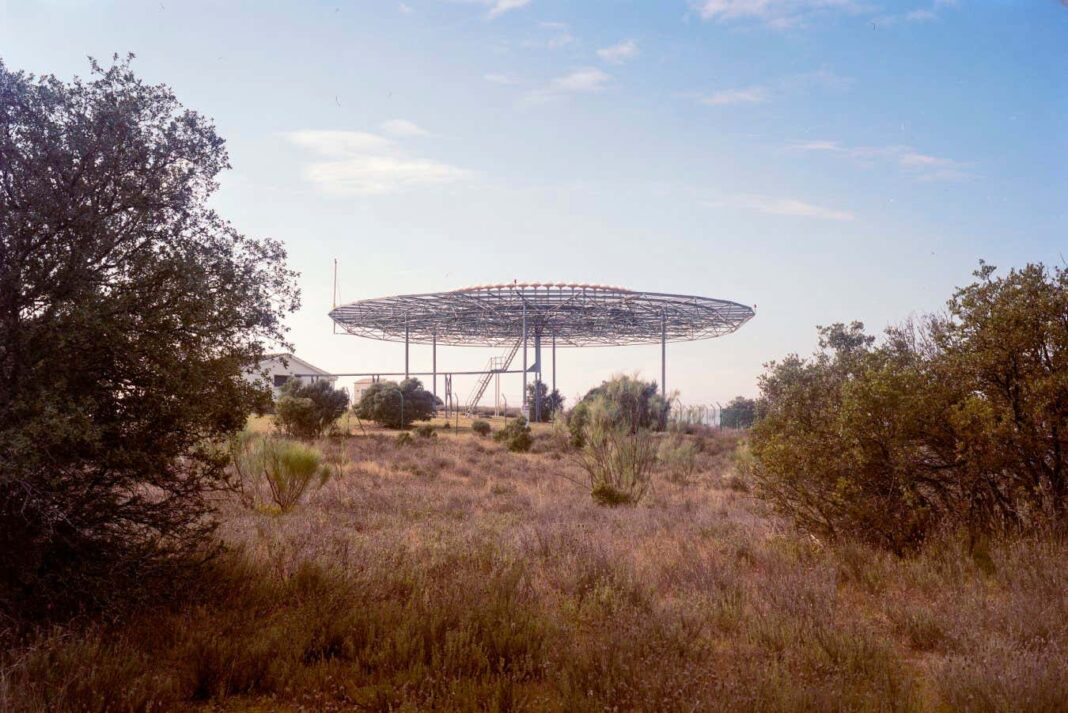Discover the Fascinating History of Aircraft Navigation
In the early days of aviation, pilots relied on a network of solitary structures to help them navigate the skies. These structures, known as airway beacons, were a crucial part of the infrastructure that guided aircraft safely to their destinations. Today, many of these historic beacons still stand as a testament to the ingenuity and resourcefulness of early aviators.
The Role of Airway Beacons
Before the advent of sophisticated navigation systems, pilots had to rely on visual cues to stay on course. Airway beacons were tall towers topped with powerful lights that could be seen from miles away. These beacons were strategically placed along air routes to help pilots navigate during both day and night.
The Evolution of Navigational Aids
As technology advanced, airway beacons were gradually replaced by more advanced navigational aids such as radio beacons and radar systems. While these newer systems were more accurate and reliable, they lacked the charm and simplicity of the old airway beacons.
Exploring Historic Airway Beacons
Many of the historic airway beacons that once dotted the landscape have been preserved as landmarks or museums. Visitors can explore these structures and learn about the important role they played in the early days of aviation. Some beacons even offer panoramic views of the surrounding countryside, providing a unique vantage point for history buffs and aviation enthusiasts alike.
Preserving Aviation History
Preserving historic airway beacons is important for maintaining a connection to the past and honoring the pioneering spirit of early aviators. These structures are a tangible reminder of the challenges and triumphs of early aviation, and serve as a testament to human ingenuity and determination.
Conclusion
Exploring the solitary structures that once helped aircraft stay on course is a fascinating journey into the history of aviation. From the humble beginnings of airway beacons to the sophisticated navigational aids of today, these structures stand as a testament to human ingenuity and perseverance. By preserving these historic landmarks, we can continue to learn from the past and appreciate the advancements that have shaped the aviation industry.
FAQs
Q: What are airway beacons?
A: Airway beacons were tall towers topped with powerful lights that helped pilots navigate the skies before the advent of modern navigation systems.
Q: Are there any historic airway beacons still standing?
A: Yes, many historic airway beacons have been preserved as landmarks or museums, offering visitors a glimpse into early aviation history.
Q: Why are airway beacons important?
A: Airway beacons are important for preserving the history of aviation and honoring the achievements of early aviators who helped pave the way for modern air travel.




